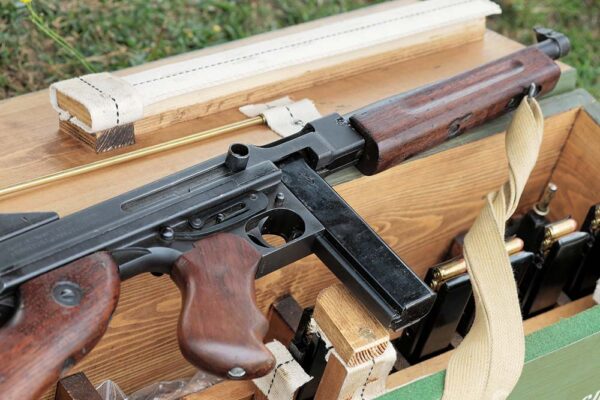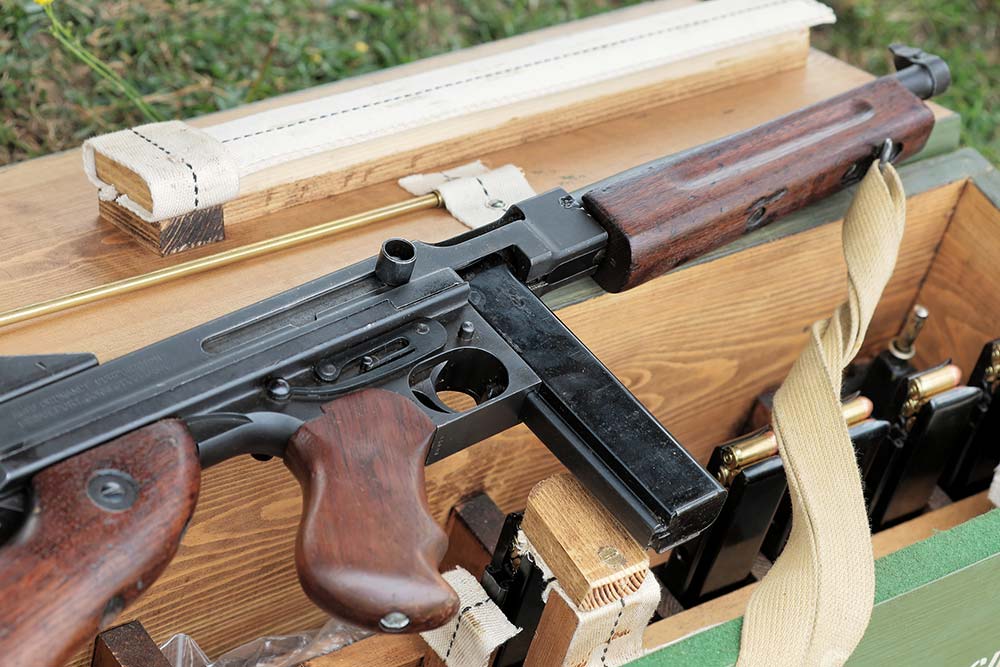The IRS’s Controversial Destruction of Thompson Submachine Guns in 1960

Background of the Thompson Submachine Gun
The Thompson submachine gun, a notable firearm from World War II, found its way into the United States largely through soldiers returning home. Many veterans brought these weapons back as souvenirs, contributing to a rise in unregistered firearms across the nation.
IRS’s Firearms Registration Program
In response to the increasing prevalence of these firearms, the Internal Revenue Service (IRS) initiated a rigorous firearms registration program as mandated by the National Firearms Act of 1934. The program aimed to ensure that firearms were registered appropriately to prevent their illegal transfer to criminals.
As of June 30, 1952, a total of 107,321 investigations had been conducted, resulting in the registration with the Commissioner of Internal Revenue of 16,285 firearms.
Despite the significant number of investigations, only 175 violations were prosecuted during that fiscal year.
The 1960 Decision
In 1960, the IRS, under the leadership of Commissioner Dana Latham, made the unprecedented decision to destroy a considerable cache of Thompson submachine guns—17,000 in total. This decision occurred instead of accepting approximately $3.4 million in tax revenue from a potential buyer.
Latham’s primary concern, as indicated in his annual report, was to prevent these firearms from falling into the hands of “undesirables.” His decision not only rejected the revenue opportunity but also involved interfering with the Department of Defense’s (DOD) contractual proposal to sell the surplus Thompson guns.
“On the basis of information that the prospective purchaser intended to reassemble them, the Service interceded with the Department of Defense.”
This interference prompted the DOD to amend its regulations for the destruction of these firearms, which ultimately led to legal battles when the purchaser attempted to prevent the destruction of the weapons.
Implications of the Decision
The repercussions of Latham’s actions were substantial. This decision to destroy such a valuable asset demonstrated an unusual approach for the IRS, which primarily operates to generate tax revenue. Historically, earlier Commissioners, such as John B. Dunlap, were more successful in getting firearms registered, showcasing a significant shift in policy under Latham’s tenure.
Today, while Dunlap’s accomplishments have faded into obscurity, Dana Latham’s legacy is still acknowledged through the Dana Latham Memorial Award established in 1976 by the Los Angeles County Bar Taxation Section.
A Shift in Firearm Disposal Policies
Just three years later, in 1963, the government’s approach to surplus firearms changed, exemplified by the sale of 240,000 surplus M1 Carbines to members of the NRA for only $20 each. By then, Latham was no longer serving as IRS Commissioner, highlighting the contrast in policies regarding firearm disposal within just a few years.

